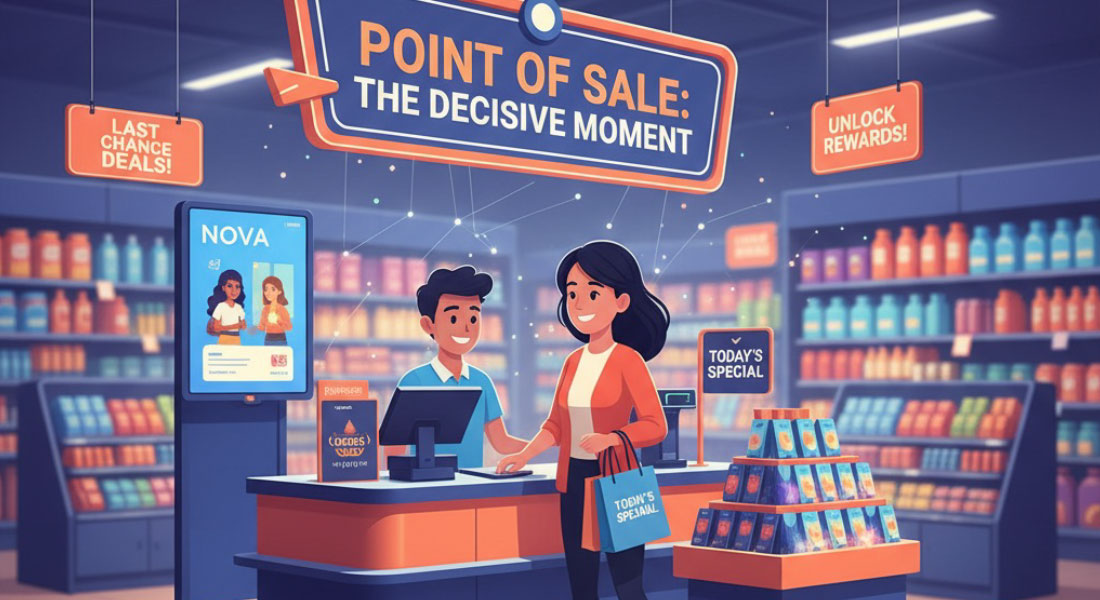


In today’s competitive retail environment, shoppers are surrounded by thousands of products. What makes them choose one brand over another often depends on how that product is presented at the very last step of the shopping journey — the point of sale. This moment is decisive, and the strategies behind it are known as point of sale merchandising and point of sale marketing. Together, they form a powerful toolset for influencing consumer behavior directly in the store.
Point of sale merchandising is more than just putting products on a shelf. It is the art and science of organizing store space so that products capture attention and encourage purchases. Proper shelf placement, attractive displays, and well-designed product zones can significantly change how customers interact with goods. A product placed at eye level, highlighted with visual cues, has a much higher chance of being chosen compared to items hidden at the bottom of the shelf.
Retailers and manufacturers increasingly rely on data-driven merchandising. By tracking customer behavior, they can optimize product layouts, test different shelf strategies, and measure sales results. In fact, well-executed merchandising often leads not only to higher conversion rates but also to improved customer satisfaction, since shoppers find what they need more quickly and enjoy the process.
While merchandising focuses on product placement and visibility, point of sale marketing includes promotional actions and messaging that enhance the customer’s decision-making process. This may involve in-store posters, digital screens, packaging design, or special offers highlighted right where the purchase decision happens. Effective POS marketing creates a sense of urgency, communicates product benefits, and sometimes even educates customers about new items they may not have considered before.
The main advantage of POS marketing is timing. Unlike mass advertising, which works on awareness, POS campaigns reach consumers when they are already primed to buy. A small incentive — such as “buy one, get one free” or limited-edition packaging — can significantly sway the decision.
Investing in POS is no longer optional; it is a competitive necessity. Here are some reasons why:
Each of these tools not only highlights products but also builds an emotional connection with the buyer.
As retail continues to evolve, POS merchandising and marketing are becoming more technology-driven. Smart shelves, AI-powered analytics, and real-time promotions allow brands to respond instantly to consumer behavior. Digital and physical touchpoints are merging, offering new opportunities for personalization.
For brands, this means that investment in POS is not just about selling more — it’s about creating memorable shopping experiences that keep customers coming back.









